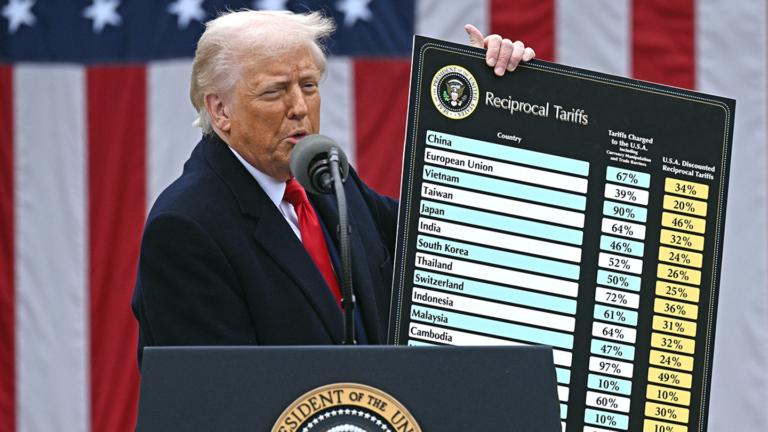Imagine living in the U.S. for over a decade, raising a family, and then—without warning—being whisked away to a notorious prison halfway across the world. That’s the reality Kilmar Abrego Garcia, a Salvadoran immigrant, faced in March 2025. His story has ignited a firestorm of legal battles, culminating in a dramatic Supreme Court intervention on April 7, 2025. What began as an admitted “administrative error” by the Trump administration has spiraled into a high-stakes showdown over justice, immigration, and governmental power.
Kilmar Abrego Garcia’s Deportation: A Mistake That Shook a Family
Kilmar Abrego Garcia arrived in the U.S. in 2011, fleeing gang violence in El Salvador. By 2019, he’d secured legal protection—a “withholding of removal” order—shielding him from deportation due to the credible threat of persecution back home. S
ettled in Maryland with his American wife and three children, life seemed stable. But on March 15, 2025, federal agents detained him in an IKEA parking lot, his five-year-old son watching from the backseat. Within days, he was on a plane to El Salvador’s infamous CECOT prison, a mega-facility known for its brutal conditions.
The administration later confessed: Kilmar Abrego Garcia’s deportation was a blunder. They’d ignored his protected status, shipping him off alongside alleged gang members. His wife, Jennifer Vasquez Sura, spotted him in a news photo—head shaved, marched by masked guards—sparking outrage and a desperate fight to bring him home.
A Judge’s Bold Stand on the Deportation Fiasco
Enter U.S. District Judge Paula Xinis. On April 4, 2025, she ruled the deportation “wholly lawless,” ordering the government to return Garcia by midnight on April 7. Xinis didn’t mince words: the arrest lacked legal grounding, and the government’s claim of helplessness—arguing they couldn’t retrieve him from Salvadoran custody—was nonsense. She saw it as a grievous wrong demanding swift correction. Her deadline loomed, a ticking clock in a case exposing cracks in U.S. immigration enforcement.
The Supreme Court’s Last-Minute Curveball
Hours before the deadline, the Trump administration raced to the Supreme Court, pleading to block Xinis’s order. They argued it overstepped judicial bounds, meddling in foreign affairs and national security. Chief Justice John Roberts didn’t waste time. On April 7, he issued an “administrative stay,” pausing the return mandate. It’s a temporary breather, not a final call—the full court will weigh in soon. For now, Kilmar Abrego Garcia remains in CECOT, his fate dangling in legal limbo.
Why This Matters Beyond One Man
This isn’t just about Kilmar Abrego Garcia’s deportation; it’s a litmus test for accountability. The government admits it goofed, yet resists fixing it, claiming El Salvador holds the keys. Critics call it a dodge—surely the U.S., with its diplomatic muscle, can negotiate his release? The case exposes tensions between judicial oversight and executive power, especially under an administration pushing aggressive immigration crackdowns. Garcia’s story—father of three, no criminal record—humanizes a system often seen as cold and unyielding.
What’s Next for Garcia and Immigration Policy?
The Supreme Court’s looming decision could ripple far beyond Garcia’s cell. Will it affirm Xinis’s authority to right this wrong, or side with the administration’s hands-off stance? Advocates fear a precedent letting errors slide, endangering others with legal protections.
For Garcia’s family, it’s simpler: they just want him back, his son clinging to the fading scent of his shirts. As the justices deliberate, the world watches—will justice prevail, or will bureaucracy win? Stay tuned; this saga’s far from over.













